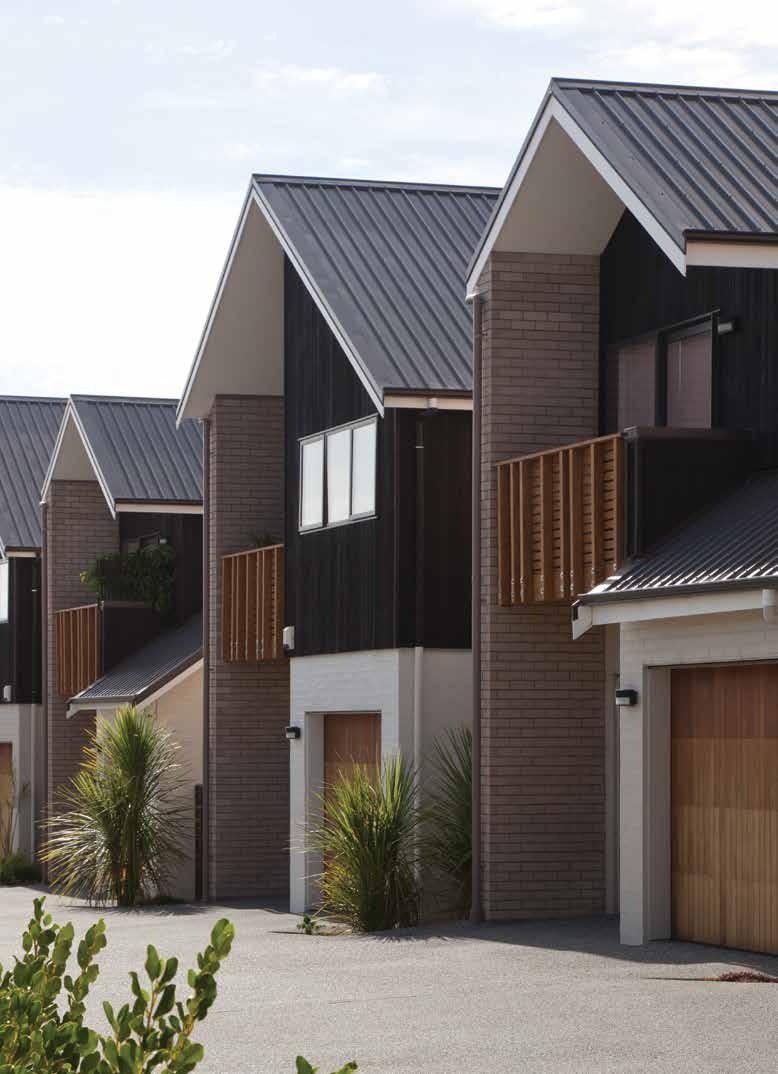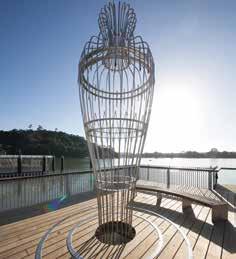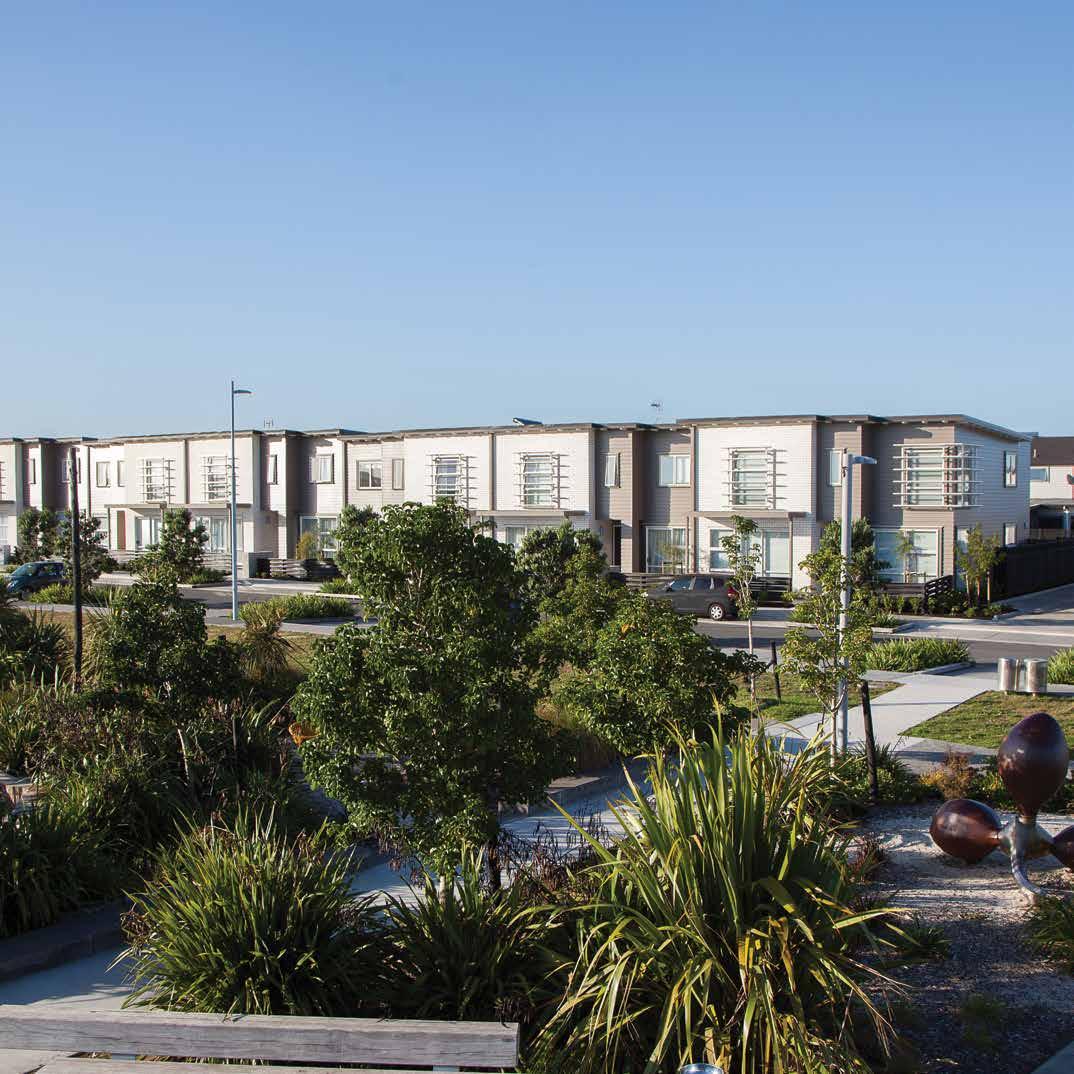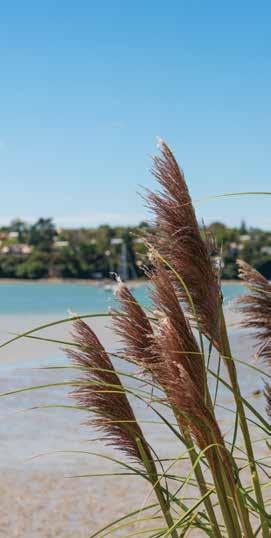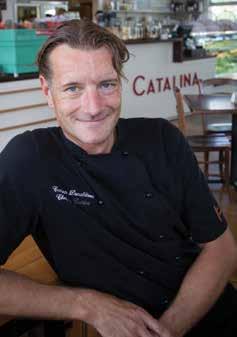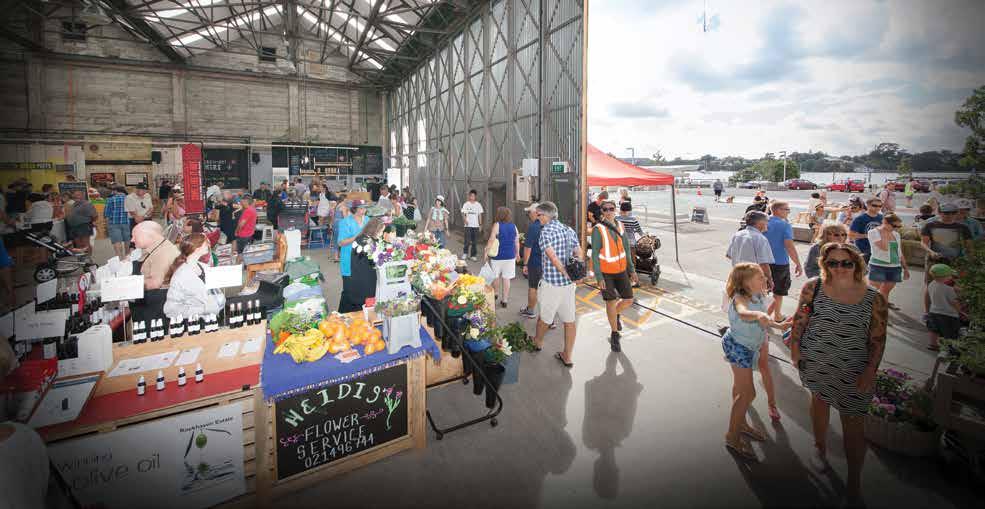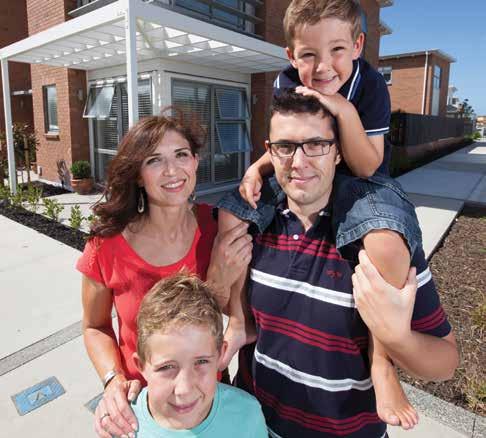
3 minute read
Nothing 'Old School' About New High School
Nothin g 'Old School' Ab out New High School
New Zealan d's newes t secondary school has just opened its brand new classrooms to 130 excited Year 9 students. Put aside your mental pictures of the classrooms you spent your school days in though. This school is pretty different and for good reason – it makes learning more fun.
Advertisement
Principal Maurie Abraham says that the school teaches the New Zealand curriculum by combining subjects in order to demonstrate how they overlap. Rather than sitting in English until the bell rings then moving to History, a module might be taught that combines English with History. Overlaid on this combined approach, teachers work with the student to personalise learning to suit their interests and passions. Maurie gives an example of a Science/Sport combined module. "A lot of students, boys in particular, have a love of sport. In one of our modules they learn about physiology and the effect of exercise on our heart, lungs etc. They are asked to take a scientific approach to designing a fitness test. They refine the test
then they use it to test themselves and their mates' fitness. Then they design a programme they can do during PE over a period of weeks. At the end of that time they test themselves again to see what effect the programme has had on their fitness. Then they modify the programme for younger kids and take it to some Year 6 students in one of the local primary schools and go through the process again, testing the kids, teaching the programme, and analysing the results along the way."
This new way of teaching requires a different environment and to that end the school has been designed to incorporate 'teaching commons' – large, flexible, open spaces that can be shared by groups of up to 120 students. These are supported by smaller break out areas. The school also has state-of-the-art specialist facilities including an auditorium; dance, drama, film, music and media studies studios; food, fabric and hard materials workshops; visual arts rooms; science labs; a gym and weights room.
Maurie is also excited about the new school's ability to provide a satellite classroom for Arohanui School, which caters for students with special needs. The Arohanui class has their own teaching commons while allowing the students to be integrated into the life of the school appropriate to their abilities. The secondary school is taking enrolments from within zone all year for students in Year 9 in 2014. Next year enrolments will include Year 9 and 10, and so on, until the school has a full range of students by 2018. Maurie envisages the school roll will rise to between 900 -1000 within five years. It has been designed to cater for 1350 students.
On Each Other's Te ams
The new primary and secondary schools at Hobsonville Point are governed by a single board of trustees. They are not 'charter' schools, but state schools run via a PPP (Public Private Partnership). The initial construction of the schools and the numerous and time-consuming issues to do with maintaining the buildings and property are managed by a private company. That frees the board and teaching staff up to get on with the important work of making sure the New Zealand curriculum is delivered in a world-class teaching environment.
Because the schools share the same teaching philosophy and techniques the transition from primary to secondary school promises to be more seamless and less difficult than for many students elsewhere. The collaboration between the schools also makes the step up to high school less daunting. By the time primary students reach Year 9 they have spent many hours working on joint projects with secondary students and the secondary school's staff.
Our website homepage features a 3-minute film the primary students made about a day in the life of their school. Take a look at hobsonvillepoint.school.nz
The North Auckland Kindergarten Association has started design and planning for an Early Childhood education Centre to be built next to the primary school. It will open in 2015.

